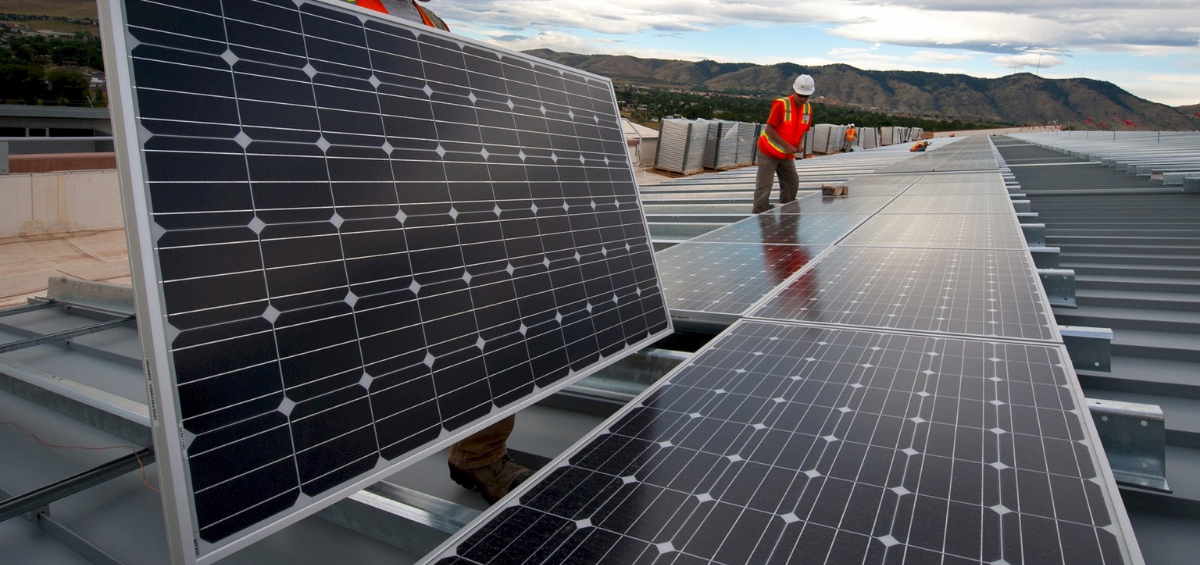As has been the case since the mid-2000s, the solar energy industry’s rapid growth is evident throughout the US and the entire globe.
Despite the upward trajectory, solar only represented 1.5% of the US’ energy sources by 2019’s end.
Still, even before the election, the next decade’s projections were enormously optimistic for the industry. Solar energy is expected to gain significant market-share from now until 2030.
Moreover, with the White House’s eventual transition set to occur in January, the solar energy industry is teeming with excitement.
A Brief Look into the Current Solar Energy Landscape
By market capitalization, First Solar is the #1 industry manufacturer in the US. The organization ranks 10th globally.
China plays host to the top 6 solar panel manufacturers. More impressively, it’s also home to the top 4, with all being led by JinkoSolar.
SunRun – a San Francisco-based company – is the US’s top solar installer, fending off the recently Tesla-acquired SolarCity.
Speaking of Tesla, investors find themselves drawn to Tesla’s solar stocks, as the company has begun installing solar panels. Furthermore, sizeable utility companies – such as NextEra Energy and the AES Corp – have been attractive for those looking to invest.
Thus far, 2016 has proven to be the peak year for solar installations, stemming from companies’ concerns over the Solar Investment Tax Credit (ITC) expiring. Then the policy was extended by Congress until 2021.
So, while installations jumped to 14,000-plus MW of solar capacity in 2016, the next few years saw a decline.
2019 displayed rebounded growth, eclipsing all previous years other than 2016. In the US, the industry is expected to hit $22.9 billion by 2025.
Below, this blog will shine a (solar) light on industry trends to keep an eye on in 2021:
1. Companies Will Keep Leveraging their Solar Tax Credits.
Only half of the 90% of Americans desiring solar energy want to pay for it. Therefore, the industry is highly dependent on the 30% federal solar tax credits lasting until 2021.
Expect the government’s extension of this credit to pay dividends, as solar-demand keeps growing, and businesses witness the energy-saving value.
2. Homeowners Will Take Noticing of the Soon-to-Expire Solar Tax Credits.
Congress might decide to extend the solar tax credits past 2021. Regardless of their decision, expect homeowners to leverage this incentive throughout the upcoming year when they know it’s still available.
Q3 of 2019 saw a record-high with the residential solar segment. There was enough installed capacity (71.3 GW) to power 13.5 million homes – for some added context.
3. California’s Mandates Will Pay Dividends
At the beginning of 2020, a rule was mandated in California. Newly constructed homes are required by law to have solar panels. The primary motivator is to help citizens acquire savings on utility bills.
This new regulation is expected to trigger more momentum across the solar industry.
4. Solar Installations will Broaden in Appeal.
It’s expected for solar installation demand to go beyond hyper-specific market segments in 2021. Non-utility businesses and developers will seek the beneficial tax credits before they potentially lose out on the opportunity in 2022.
Fortune 500 companies have developed and are still crafting energy investment models, providing enticing investor-bait.
5. Traditional Energy Companies Will Diversify with Solar
Yes, traditional energy companies will continue to focus on what they do best. However, they’ll do so while utilizing renewable sources, such as solar.
The visible solar presence in the US has been bolstered by the groundwork laid by European developers.
With the demand for solar energy expected to skyrocket for years to come, it’s time to equip your organization with top-performing solar energy employees. Contact Anistar Technologies today to access the best available industry-specific talent on the job market.









